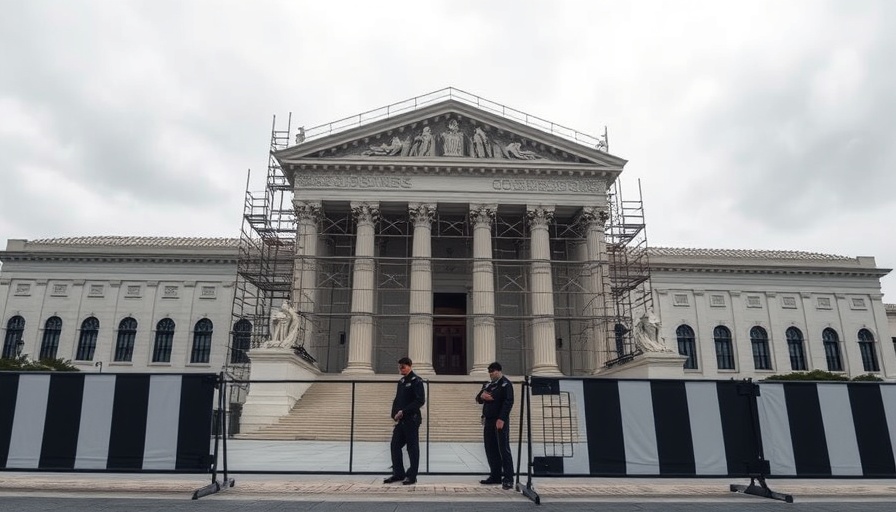
Historical Context of Birthright Citizenship in America
Birthright citizenship has its roots in the 14th Amendment of the U.S. Constitution, which was ratified in 1868. This law was primarily a response to the Civil War and the plight of formerly enslaved people, ensuring that anyone born on U.S. soil is automatically granted citizenship. However, the recent Supreme Court ruling that limits nationwide injunctions could pave the way for the end of this longstanding right, raising significant concerns among various groups, including immigrant advocacy organizations and state governments.
Implications of the Supreme Court's Ruling
The Supreme Court's decision effectively opens the door for the Trump administration to draft regulations aimed at curtailing birthright citizenship. This ruling could result in radical changes, potentially affecting how American citizenship is determined for future generations. As legal experts anticipate challenges to the executive order, there remains a critical question: how will the administration practically implement such significant changes? Given that the order has a 30-day grace period, the focus shifts to what this window will mean for pregnant noncitizen women and their children.
Concerns from Legal Experts
Lawyers and immigrant rights advocates are particularly concerned about the implications of the recent ruling. Following the Supreme Court's decision, several states and advocacy groups are gearing up for litigation, arguing that the proposed changes could violate constitutional guarantees. This challenge reflects broader societal implications, as the U.S. has been historically known for its welcoming stance towards immigrants. If the Trump administration's order takes effect, will it redefine how we view citizenship and belonging in America?
Future Predictions and Actionable Insights
Looking ahead, legal analysts predict that the administration's enforcement of this potential end to birthright citizenship will not go unchallenged. There is likely to be a surge in litigation efforts from various groups aimed at protecting citizens' rights. For individuals in the legal field, staying informed and proactive on this matter is vital. Knowledge of the implications of this ruling will not only assist in providing sound legal advice but also help individuals understand their rights and responsibilities in this evolving landscape.
 Add Row
Add Row  Add Element
Add Element 



Write A Comment